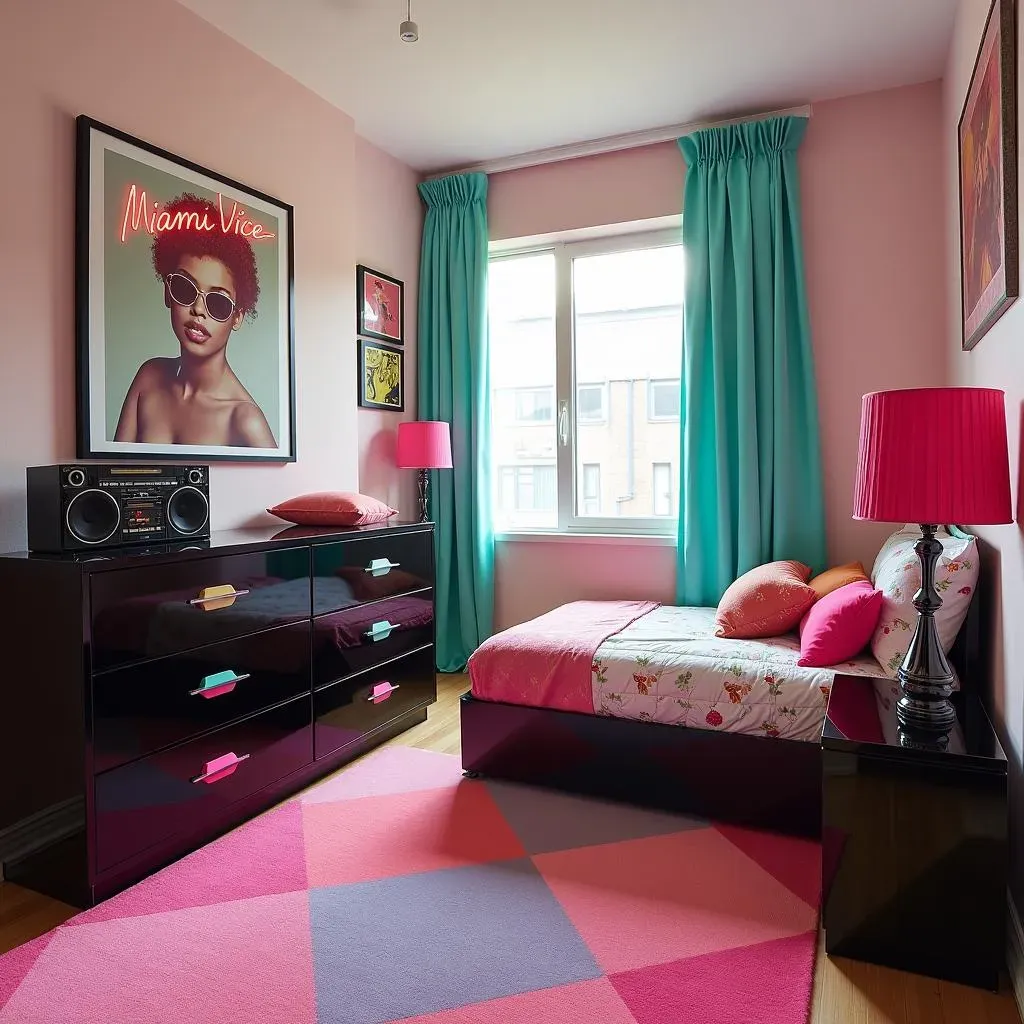Table of Contents
Remember the '80s? Big hair, shoulder pads, and furniture so shiny you could check your reflection in it. Specifically, we're talking about 80s lacquer bedroom furniture. It was everywhere, from Miami Vice-inspired pads to suburban homes trying to catch a bit of that slick, modern vibe. This stuff wasn't subtle. It was bold, often geometric, and unapologetically glossy. Maybe you grew up with it, maybe you're seeing it pop up in vintage shops, or maybe you just stumbled onto a dusty set in a grandparent's attic. Whatever your connection, 80s lacquer bedroom furniture is having a moment again, or at least, people are starting to look at it with something other than pure nostalgia or mild horror.
What Exactly is 80s Lacquer Bedroom Furniture?
What Exactly is 80s Lacquer Bedroom Furniture?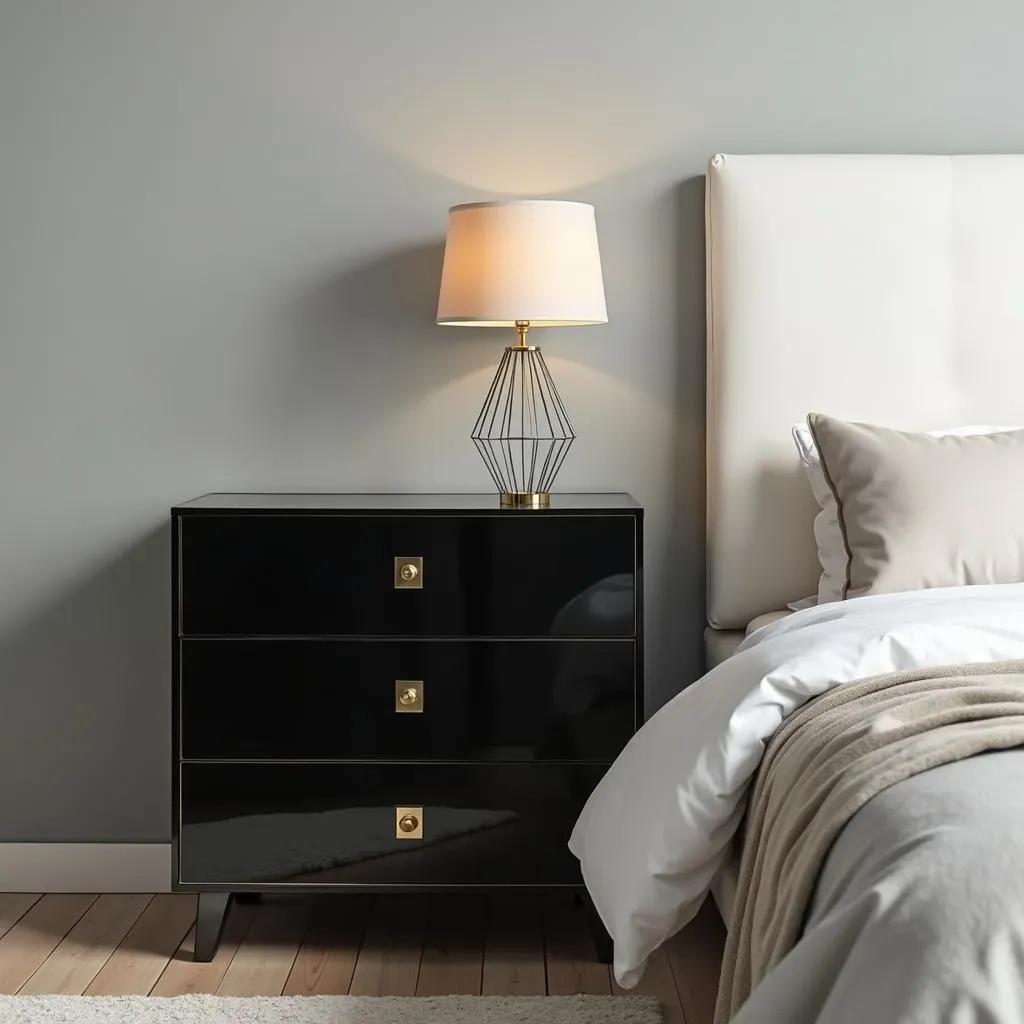
Beyond Just Shiny Paint
When we talk about 80s lacquer bedroom furniture, most people picture that incredibly glossy, almost wet-looking finish. And yeah, the shine is a huge part of it, but it's more than just paint. Lacquer, in this context, often meant a synthetic finish applied in multiple layers, buffed to a high sheen. It wasn't always true, natural lacquer, which is a whole different, ancient process. This 80s version was about creating a sleek, modern surface that felt a bit futuristic, a bit opulent. The underlying material was usually wood, often particleboard or MDF, which made it relatively affordable to produce in mass quantities. The key was that flawless, hard, incredibly reflective surface that defined the aesthetic.
Shapes and Materials Under the Gloss
Beyond the finish, the shapes of 80s lacquer bedroom furniture are pretty distinctive. Think clean lines, geometric forms, and sometimes chunky silhouettes. You'd see a lot of rounded edges on dressers, integrated handles that were just cutouts in the drawer fronts, or simple, straight pulls. Beds often had large, solid headboards, sometimes with built-in lighting or shelves, all covered in that unmistakable gloss. Common colors were black, white, gray, and sometimes bold pastels or jewel tones like teal or burgundy. While the finish was synthetic, the core construction relied heavily on engineered wood products, sometimes with solid wood frames, but the look was all about that smooth, seamless, high-gloss exterior.
- High-gloss, reflective finish (often synthetic)
- Clean lines and geometric shapes
- Often built on particleboard or MDF cores
- Integrated or minimal hardware
- Popular colors: black, white, gray, bold pastels
Why Everyone Wanted 80s Lacquer Bedroom Furniture Back Then
Why Everyone Wanted 80s Lacquer Bedroom Furniture Back Then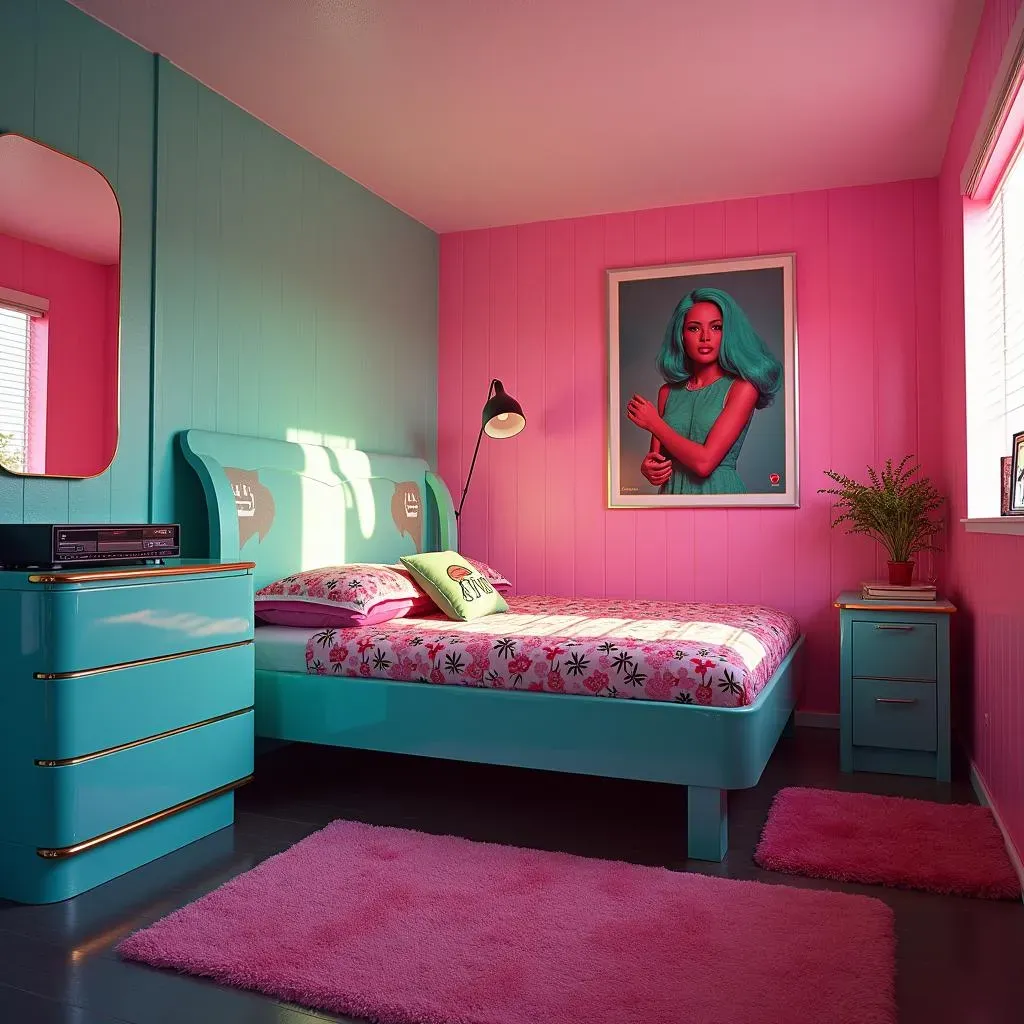
So, why the obsession with 80s lacquer bedroom furniture? Think about the era. The 1980s were all about looking forward, embracing technology (even if it was just VCRs and Walkmans), and a certain kind of bold, conspicuous style. Glossy lacquer fit right into that. It felt modern, clean, and a little bit flashy – exactly the vibe people wanted. It wasn't your grandma's heavy, dark wood furniture. This stuff looked like it belonged in a music video or a fancy hotel room you saw on TV. It represented a break from the past, a step into a brighter, more stylized future. Plus, it was relatively easy to keep clean, just a quick wipe, which appealed to busy households. It offered a sleek backdrop for the era's vibrant colors and patterns, making the bedroom feel less stuffy and more like a personal, stylish retreat.
Finding Great 80s Lacquer Bedroom Furniture Today
Finding Great 80s Lacquer Bedroom Furniture Today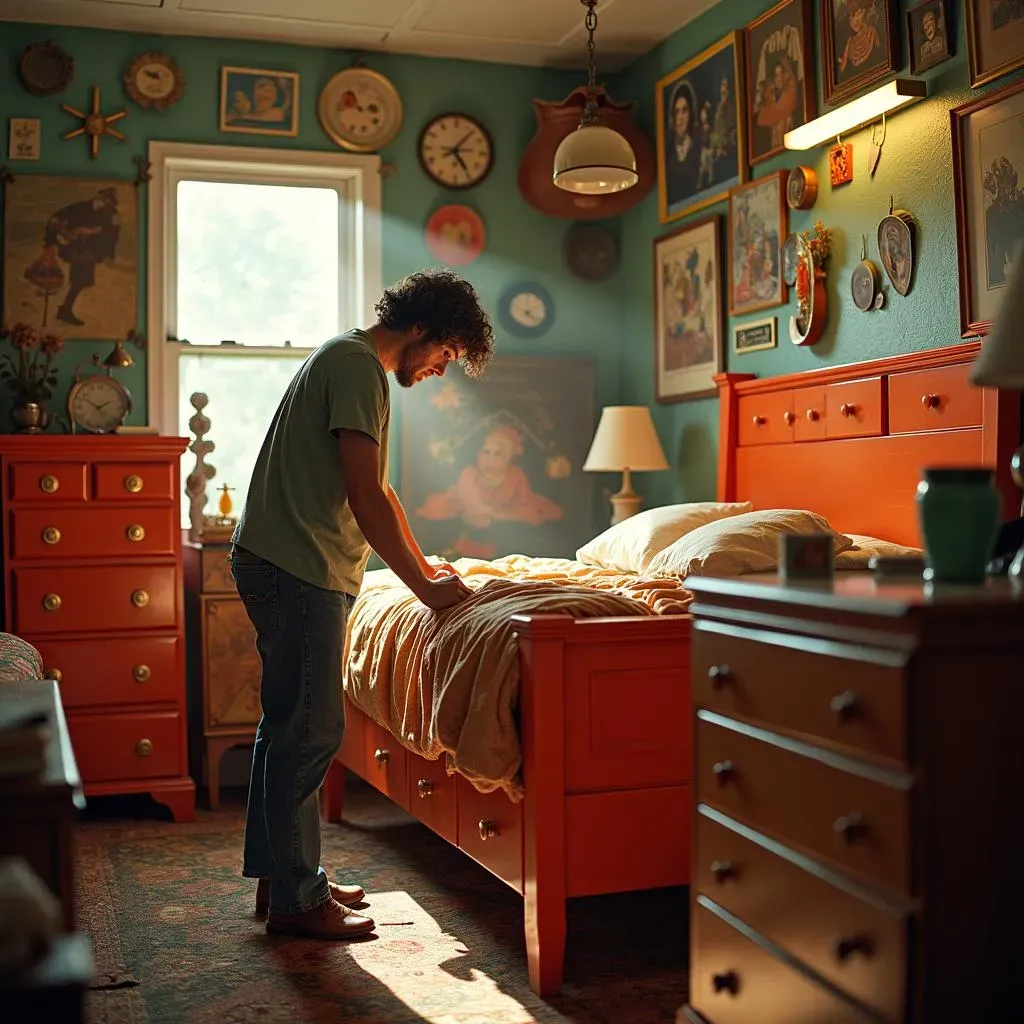
The Hunt is On: Where to Look
so you're sold on the idea of bringing some of that high-gloss goodness into your life. Finding great 80s lacquer bedroom furniture isn't like walking into a big box store today. It requires a bit of a treasure hunt mindset. Your first stops should absolutely be local vintage stores and antique malls. Owners often pick up these pieces at estate sales and price them reasonably because they aren't the typical antique shopper's focus. Don't overlook online marketplaces like Craigslist, Facebook Marketplace, or even eBay. People clearing out homes often just want the stuff gone, and you can find some amazing deals. Estate sales themselves are goldmines – you see the furniture in its original habitat, which can sometimes tell you a lot about how it was treated.
Inspecting Your Potential Purchase
Before you hand over any cash for that slick piece of 80s lacquer bedroom furniture, you need to play detective. That glossy finish, while durable in some ways, can show wear and tear dramatically. Look closely for scratches, chips, or cracks in the lacquer. Minor surface scratches might buff out, but deep damage is usually permanent without a full refinish, which is a whole project. Check the edges and corners; these are common spots for chipping. Open and close all the drawers. Do they slide smoothly? Are the drawer bottoms sagging? Wobbly legs or loose joints are red flags. Sometimes the particleboard core can swell or get damaged by moisture, leading to bubbling under the lacquer. Run your hand over surfaces to feel for unevenness.
What to Check | Why It Matters | Potential Fix? |
|---|---|---|
Lacquer Scratches/Chips | Affects appearance, hard to repair seamlessly | Minor: Buffing. Major: Professional refinishing (expensive). |
Drawer Function | Indicates wear on slides, structural issues | Tightening hardware, replacing slides (can be tricky). |
Wobbly Structure | Suggests loose joints, potential core damage | Tightening joints. Severe: Avoid. |
Water Damage/Bubbling | Particleboard core is compromised | Very difficult, often not repairable. |
Making the Deal and Getting it Home
Found a piece of 80s lacquer bedroom furniture you love that passed the inspection? Great. Now comes the negotiation. Sellers on marketplaces often list items higher than they expect to get, especially for furniture that might be seen as dated. Be polite, point out any minor flaws you noted (scratches, sticky drawers), and make a reasonable offer. Don't lowball drastically unless the piece is in rough shape, but don't be afraid to haggle a bit. Remember, these items are heavy and often bulky. Factor in how you're going to get it home. Do you need to rent a truck? Will a friend help? Don't underestimate the logistics; a great deal isn't great if it sits on the curb because you can't move it.
Giving Your 80s Lacquer Bedroom Furniture a New Life
Giving Your 80s Lacquer Bedroom Furniture a New Life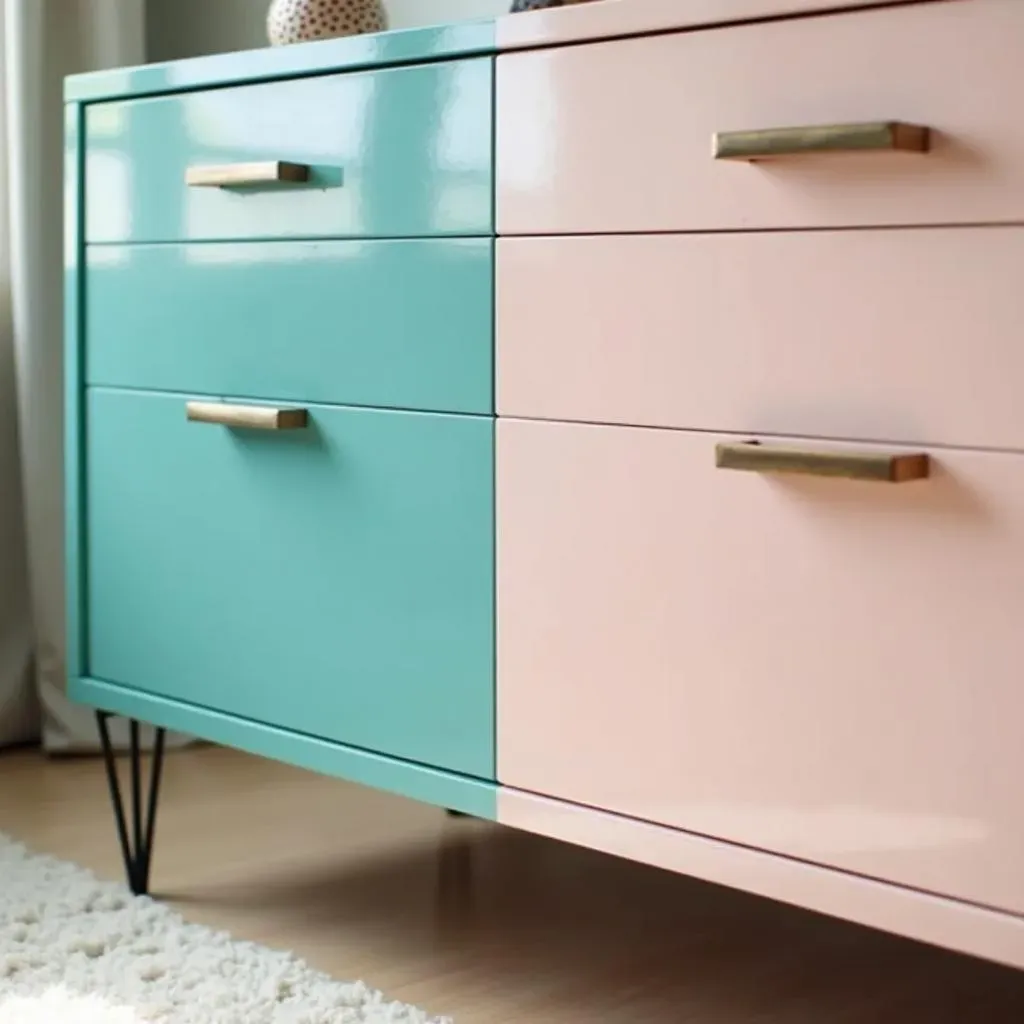
Cleaning and Minor Repairs
so you hauled that shiny dresser home. First things first: cleaning. That glossy surface shows *everything*. Dust, fingerprints, that mystery sticky spot from decades past. Use a soft cloth and a mild cleaner, something non-abrasive. Windex works surprisingly well for just cutting through grime and leaving it streak-free. Avoid anything harsh or gritty; you'll scratch that delicate finish instantly. For minor surface scratches, sometimes a very fine automotive polishing compound can help, but test it on an inconspicuous area first. Don't expect miracles, though. Deep gouges are usually there for the long haul unless you're ready for a serious refinishing project, which, spoiler alert, isn't easy with lacquer.
Updating Hardware and Details
One of the quickest ways to drag 80s lacquer bedroom furniture into the present is swapping out the hardware. Those integrated pulls or simple knobs might scream 1985 a little too loudly for your taste. Measure the existing holes carefully if you're replacing knobs or pulls with posts. Sometimes, you might need to fill old holes and drill new ones if you're going for a completely different style, like longer bar pulls instead of small knobs. Just be careful drilling through that lacquer – use a sharp bit and go slow to avoid chipping. Consider adding some modern legs if it's a dresser or nightstand sitting flat on the floor. A set of sleek metal hairpin legs or chunky wooden tapered legs can totally change the silhouette and lift the piece, making it feel less like a heavy block and more like intentional furniture.
- Clean with a soft cloth and mild cleaner (like Windex).
- Test polishing compound for minor scratches.
- Swap out original knobs or pulls for modern ones.
- Carefully measure and drill new holes if needed.
- Consider adding new legs to lift the piece.
The Enduring Appeal of 80s Lacquer Bedroom Furniture
The Enduring Appeal of 80s Lacquer Bedroom Furniture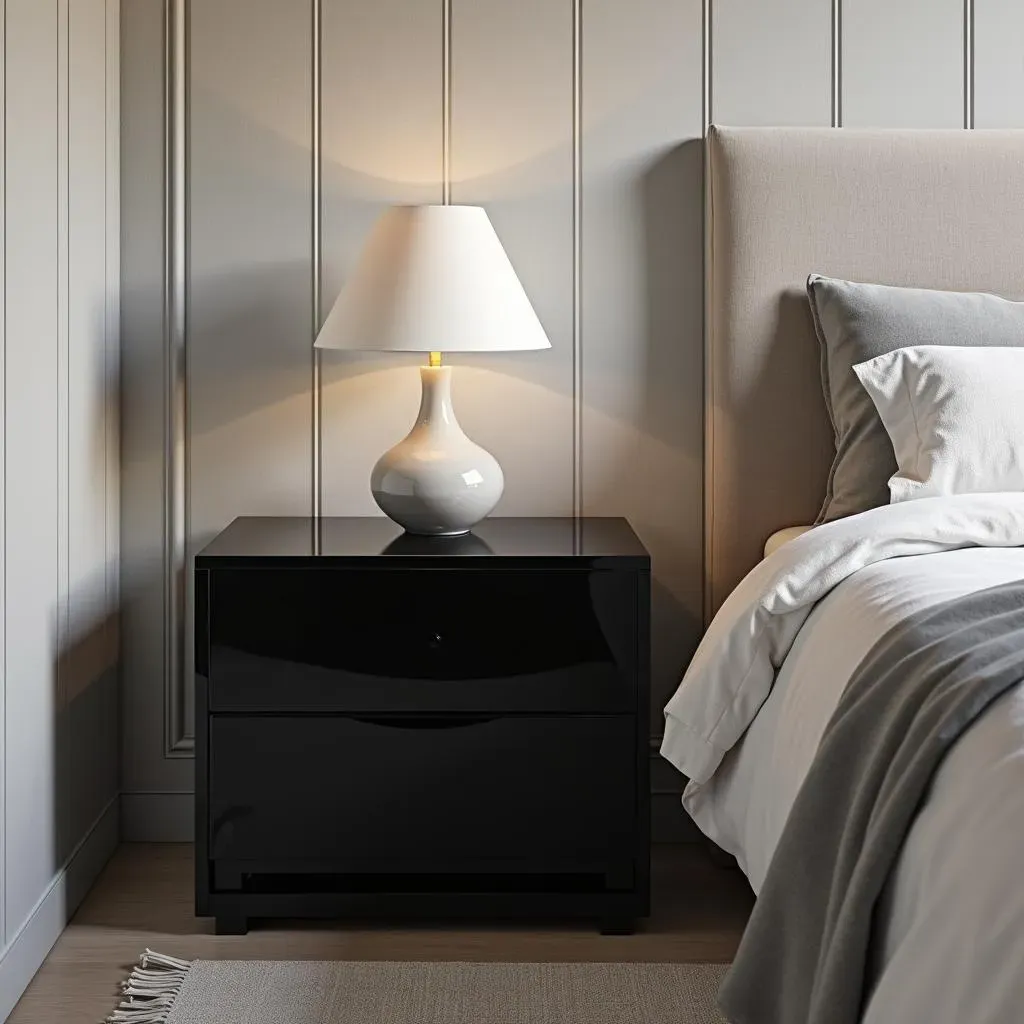
Why This Shiny Stuff Still Gets Noticed
So, after all the hunting and cleaning, why bother with 80s lacquer bedroom furniture at all? It’s simple: it makes a statement. In a world often dominated by muted tones and minimalist design, a piece of high-gloss furniture from the 80s cuts through the noise. It has a distinct personality you don't find in flat-pack furniture. The clean lines and bold forms, stripped of their original pastel context, can look surprisingly sharp and modern when paired with contemporary pieces. It’s about injecting a bit of visual energy and history into a room. These aren't shy pieces; they demand attention, and sometimes, that's exactly what a space needs to feel complete and interesting.
Finding Its Place in Today's Spaces
Integrating 80s lacquer bedroom furniture into a modern home requires a bit of thought, but it's far from impossible. Think of a glossy black dresser against a textured wall, or a white lacquer nightstand next to a cozy upholstered bed. The contrast between the hard, shiny surface and softer textures or natural materials creates visual interest. You don't need a whole set; one or two key pieces, like a dresser or an armoire, can act as focal points. It’s about curation, not recreation. You're not trying to build an 80s time capsule; you're selecting elements that bring character and a touch of unexpected style to your existing decor. It proves that good design, even from a sometimes-maligned decade, can stand the test of time when used thoughtfully.
Considering adding some 80s lacquer to your room? Ask yourself:
- Does the piece's scale fit your space?
- Does the color work with your existing palette?
- Are you prepared for the upkeep of a high-gloss finish?
- Does it genuinely add something unique, or are you just buying nostalgia?
More Than Just a Shiny Relic
So, there you have it. 80s lacquer bedroom furniture wasn't just a fleeting trend driven by excess and questionable taste (though there was certainly some of that). It represented a specific moment in design, a push towards the modern and the bold that felt fresh at the time. Finding a piece today requires a bit of looking and knowing what you're getting into – the shine can hide a multitude of sins like chips and scratches. But for those willing to put in the effort, or simply appreciate its distinct aesthetic from a distance, these pieces offer a tangible link to a design era that refuses to be ignored. Whether you decide to embrace the gloss or leave it firmly in the past is up to you, but its place in furniture history is undeniably set.
